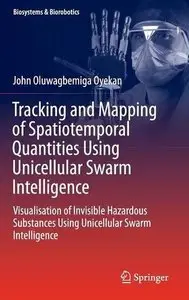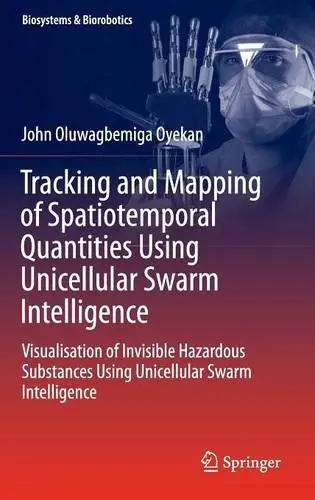Tracking and Mapping of Spatiotemporal Quantities Using Unicellular Swarm Intelligence
Springer | Robotics | January 19, 2016 | ISBN-10: 3319274236 | 194 pages | pdf | 9.77 mb
Springer | Robotics | January 19, 2016 | ISBN-10: 3319274236 | 194 pages | pdf | 9.77 mb
Authors: Oyekan, John Oluwagbemiga
Visualisation of Invisible Hazardous Substances Using Unicellular Swarm Intelligence
Describes novel biological inspired algorithms as well as their validation and analysis using simulation and physical experiments
Provides readers with an insight on how to cast an engineering problem into a nature that can be solved using biological inspired solutions
Presents a good balance between theory and practice: from the analysis of biological systems to the implementation of bioinspired algorithms for engineering control purposes
The book discusses new algorithms capable of searching for, tracking, mapping and providing a visualization of invisible substances. It reports on the realization of a bacterium-inspired robotic controller that can be used by an agent to search for any environmental spatial function such as temperature or pollution. Using the parameters of a mathematical model, the book shows that it is possible to control the exploration, exploitation and sensitivity of the agent. This feature sets the work apart from the usual method of applying the bacterium behavior to robotic agents. The book also discusses how a computationally tractable multi-agent robotic controller was developed and used to track as well as provide a visual map of a spatio-temporal distribution of a substance. On the one hand, this book provides biologists and ecologists with a basis to perform simulations related to how individual organisms respond to spatio-temporal factors in their environment as well as predict and analyze the behavior of organisms at a population level. On the other hand, it offers robotic engineers practical and fresh insights into the development of computationally tractable algorithms for spatial exploratory and mapping robots. It also allows a more general audience to gain an understanding of the design of computational intelligence algorithms for autonomous physical systems.
Number of Illustrations and Tables
53 illus., 75 in colour
Topics
Robotics and Automation
Complexity
Environmental Engineering / Biotechnology
Microbiology
Statistical Physics, Dynamical Systems and Complexity
More info and Hardcover at Springer
Donate to Support :)



